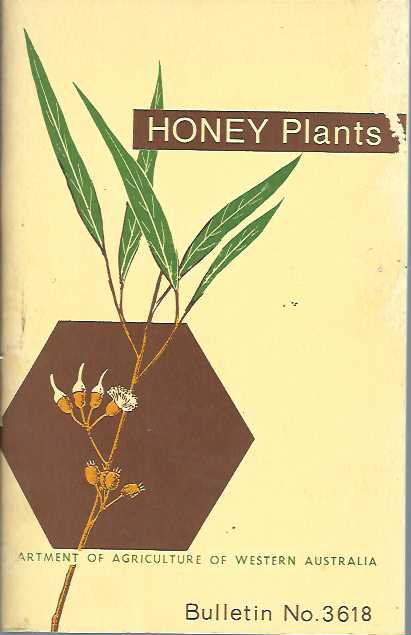pp. iv, 78 #300422 Bees Beekeeping (Some wear to cover)
A nectar source is a flowering plant that produces nectar as part of its reproductive strategy. These plants create nectar, which attract pollinating insects and sometimes other animals such as birds.
Nectar source plants are important for beekeeping, as well as in agriculture and horticulture. Their use is particularly important for organic agriculture and organic horticulture, where they serve not only to attract pollinators for crops, but also provide habitat for beneficial insects and other animals that provide pest control.
In gardens, nectar sources are often provided to attract butterflies and hummingbirds as well.
While many plants produce nectar, beekeepers prefer to place their hives near certain plants, for the qualities of the honey produced. Certain agricultural crops, such as clover and buckwheat, are used to make specific honeys, which often command a premium price.
Some plants are avoided by some beekeepers (and sought out by others) due to substances found in the nectar. For example, honey made from the nectar of rhododendrons (“mad honey”) contains chemicals that cause light-headedness, hallucinations and are believed by some to improve sexual performance. In slightly larger quantities “mad honey” is toxic, and shopkeepers are careful how they sell it.
